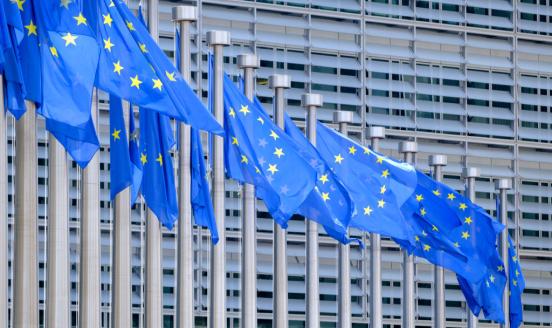Assessing the impact of the EU ETS using firm level data

This paper investigates the impact of the European Union’s Emission Trading System (EU ETS) at a firm level. Using panel data on the emissions and performance of more than 2000 European firms from 2005 to 2008, we are able to analyse the effectiveness of the scheme.
The results suggest that the shift from the first phase (2005-2007) to the second phase (2008-2012) had an impact on the emission reductions carried out by firms. The initial allocation also had a significant impact on emission reduction. This challenges the relevance for the ETS of Coase’s theorem (Coase, 1969), according to which the initial allocation of permits is irrelevant for the post-trading allocation of marketable pollution permits.
Finally, we found that the EU ETS had a modest impact on the participating companies’ performance. We conclude that a full auctioning system could help to reduce emissions but could also have a negative impact on the profits of participating companies.



